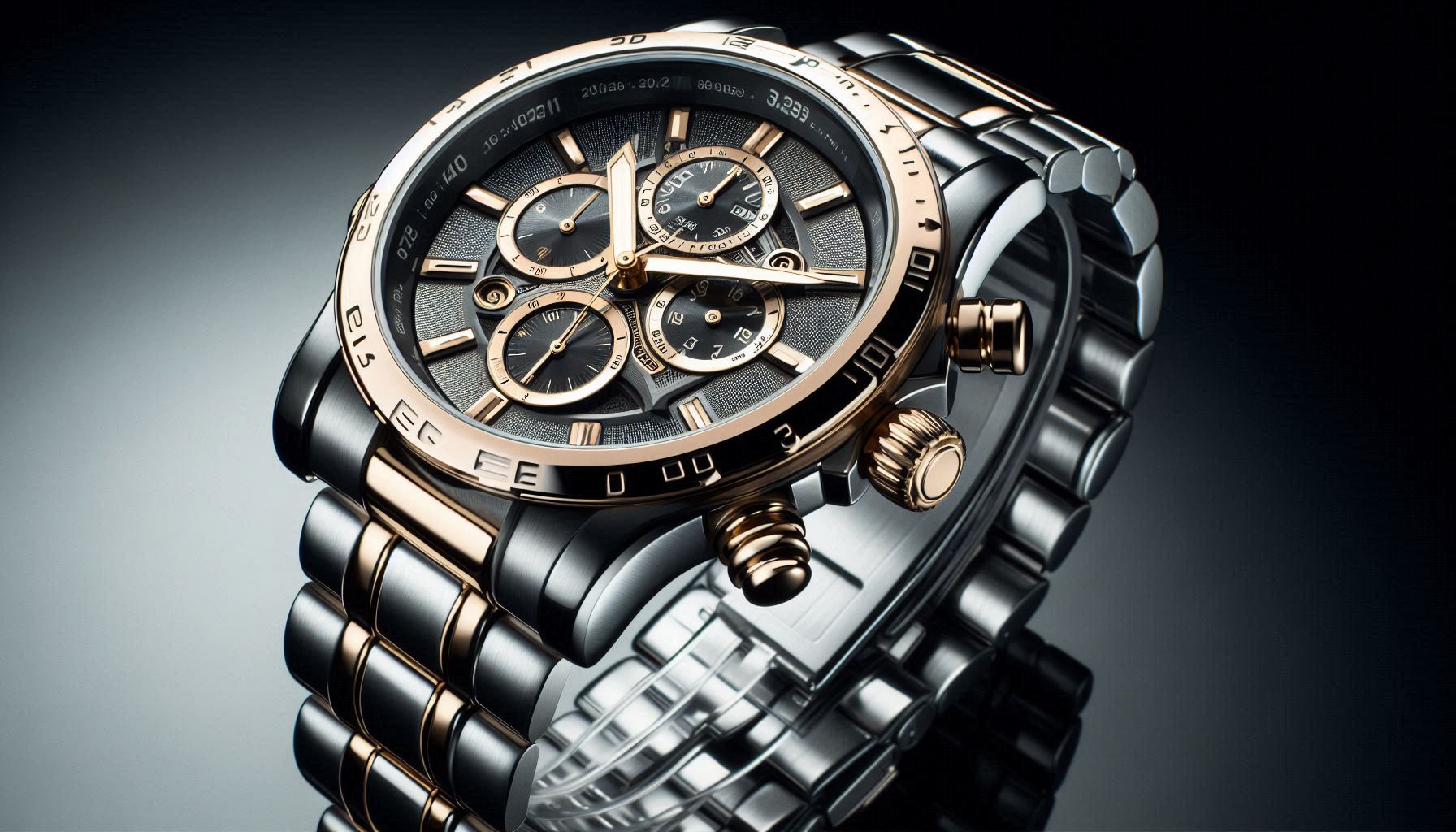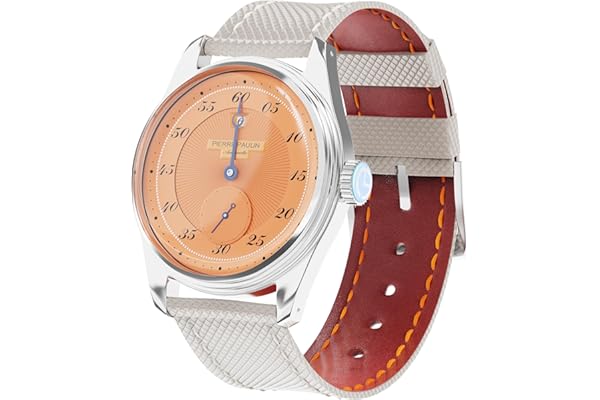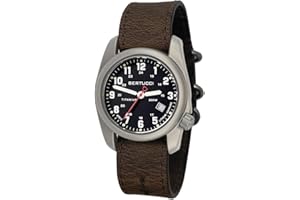Chronograph Watches: How They Work and What They’re Used For
Contents
Introduction to Chronograph Watches
Chronograph watches are a fascinating blend of functionality and style, capturing the attention of watch enthusiasts and collectors alike. At their core, these watches are timepieces equipped with a stopwatch function, allowing for precise timing capabilities. The term “chronograph” is derived from the Greek words “chronos,” meaning time, and “graph,” meaning writing, which aptly describes the watch’s ability to record time intervals. Understanding the intricacies of chronograph watches involves delving into their history, mechanics, and various applications in everyday life.
The history of chronograph watches dates back to the early 19th century, with significant advancements occurring throughout the years. The first chronograph was invented by Louis Moinet in 1816, primarily for astronomical purposes. However, it was Nicolas Mathieu Rieussec, a French watchmaker, who commercialized the chronograph in 1821 by creating a device that could record time intervals for horse racing. This invention laid the foundation for the modern chronograph, which has since evolved into a versatile tool for various professional and personal uses.
Chronograph watches are not only known for their functionality but also for their distinctive design. Typically, they feature additional sub-dials on the watch face, which display elapsed time in hours, minutes, and seconds. These sub-dials, combined with pushers on the side of the watch case, allow users to start, stop, and reset the stopwatch function. The presence of these features not only enhances the watch’s utility but also adds a layer of sophistication to its aesthetic appeal.
In today’s world, chronograph watches are valued for their versatility and are commonly used in a range of professions, including aviation, motorsports, and diving. Additionally, they serve as fashionable accessories that complement both casual and formal attire. Despite the advent of digital technology, the allure of mechanical chronographs remains strong, with enthusiasts appreciating the craftsmanship and precision that go into each timepiece.
The Mechanics Behind Chronograph Watches
Understanding the mechanics of chronograph watches is essential for appreciating their complexity and functionality. At the heart of a chronograph is a movement, which can be either mechanical or quartz. Mechanical movements are often favored by watch connoisseurs for their intricate engineering and craftsmanship. They rely on a series of gears and springs to measure time, with the chronograph function typically powered by an additional module integrated into the movement.
Mechanical chronographs are further divided into manual and automatic types. Manual chronographs require the wearer to wind the watch regularly, ensuring that the movement remains powered. In contrast, automatic chronographs use the natural motion of the wearer’s wrist to wind the mainspring, offering a more convenient option for those who prefer minimal maintenance. Both types offer a unique tactile experience, with the pushers providing a satisfying click when engaged.
Quartz chronographs, on the other hand, utilize a battery-powered movement that provides precise timekeeping with minimal intervention. The chronograph function in quartz watches is often controlled electronically, allowing for more complex features such as split-second timing and lap memory. While quartz movements lack the mechanical charm of their counterparts, they offer unparalleled accuracy and reliability, making them a popular choice for sports and professional applications.
The operation of a chronograph involves three primary functions: starting, stopping, and resetting. These actions are controlled by the pushers located on the side of the watch case. The top pusher typically starts and stops the chronograph, while the bottom pusher resets the hands to zero. Some chronographs also feature a flyback function, which allows the user to reset and restart the timing with a single push, useful for timing consecutive events.
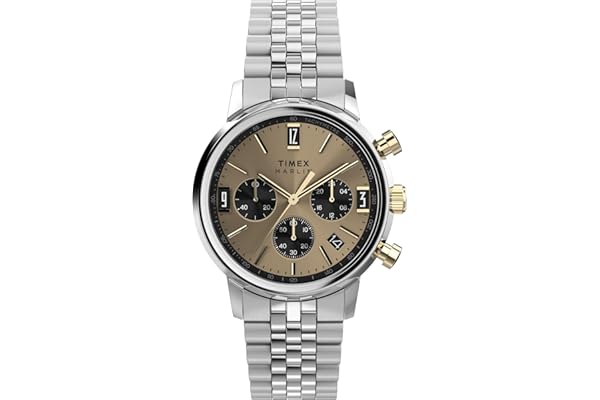 Timex Men's Marlin 40mm Watch $209.00 | 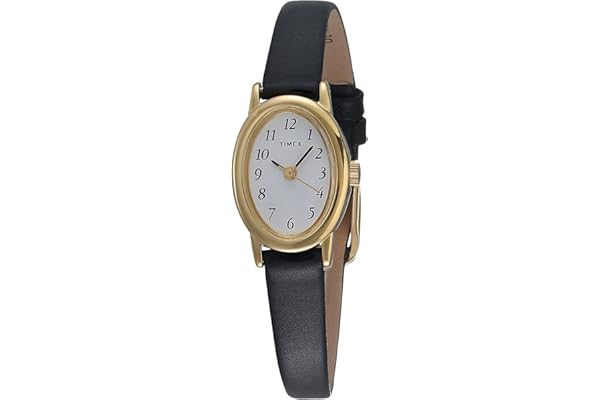 Timex Women's Cavatina Watch - TPearl Dial Gold-Tone Case $32.90 - $89.00 | 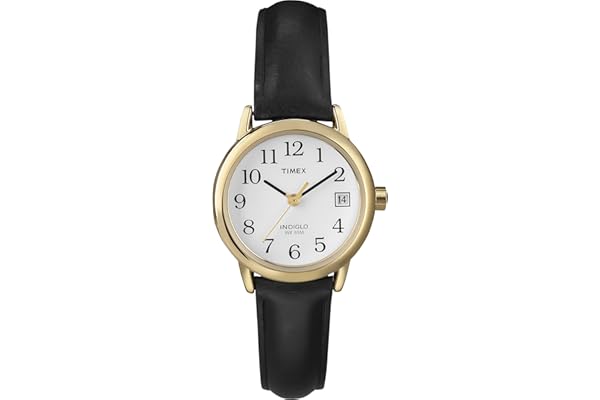 Timex Women's Easy Reader Watch $33.66 |
Applications and Uses of Chronograph Watches
Chronograph watches have found applications in various fields, thanks to their ability to measure time intervals with precision. One of the most prominent uses is in the world of motorsports, where timing is crucial for determining race outcomes. Drivers and pit crews rely on chronographs to track lap times, ensuring that performance is optimized throughout the race. The robust construction of chronograph watches also makes them suitable for the demanding conditions of the racetrack.
In aviation, chronograph watches serve as essential tools for pilots who require accurate timekeeping for navigation and flight calculations. The ability to time specific flight segments and calculate fuel consumption is invaluable, especially in situations where precision is critical. Many aviation chronographs are designed with additional features such as slide rule bezels, which enable pilots to perform various calculations directly on the watch.
Diving is another area where chronograph watches prove their worth. Divers use the chronograph function to monitor time spent underwater, ensuring that they adhere to safe diving practices and avoid decompression sickness. Chronographs designed for diving often include features like rotating bezels and luminescent dials, which enhance visibility and usability in low-light conditions.
Beyond professional applications, chronograph watches are popular among individuals who appreciate their versatility and style. They can be used for everyday tasks such as timing workouts, cooking, or even managing time during meetings. The stopwatch function adds a practical element to the watch, while the intricate design and craftsmanship make it a statement piece that complements any outfit.
Choosing the Right Chronograph Watch
Selecting the right chronograph watch involves considering various factors, including movement type, design, and intended use. For those who appreciate traditional watchmaking, a mechanical chronograph with a manual or automatic movement offers a tactile experience and a connection to the rich history of horology. These watches often feature intricate designs and are considered works of art by enthusiasts.
Quartz chronographs are ideal for individuals who prioritize accuracy and low maintenance. These watches provide precise timekeeping and often include advanced features such as multiple alarms, countdown timers, and world time displays. The affordability of quartz chronographs also makes them an attractive option for those seeking a reliable and functional timepiece without breaking the bank.
Design is another crucial factor to consider when choosing a chronograph watch. With a wide range of styles available, from classic to contemporary, there’s a chronograph to suit every taste. Consider the size and weight of the watch, as well as the materials used for the case and strap. Stainless steel, titanium, and ceramic are popular choices for their durability and aesthetic appeal.
Finally, consider the intended use of the chronograph watch. If it’s for professional purposes such as aviation or diving, ensure that the watch meets the necessary specifications and includes features tailored to those activities. For everyday use, look for a chronograph that offers a balance of functionality and style, allowing it to transition seamlessly from the office to leisure activities.
Maintaining and Caring for Chronograph Watches
Proper maintenance and care are essential for ensuring the longevity and performance of chronograph watches. Regular servicing by a qualified watchmaker is recommended to keep the movement in optimal condition. Mechanical chronographs, in particular, require periodic cleaning and lubrication to prevent wear and ensure accuracy.
When not in use, store the chronograph watch in a cool, dry place away from direct sunlight and moisture. Consider using a watch box or case to protect it from dust and scratches. For automatic chronographs, a watch winder can be a useful accessory to keep the movement running smoothly when the watch is not being worn regularly.
It’s also important to be mindful of the watch’s water resistance rating, especially if it’s used for activities like diving. Ensure that the crown and pushers are securely closed before exposing the watch to water, and avoid operating the chronograph function underwater unless the watch is specifically designed for such use.
By understanding the mechanics, applications, and care of chronograph watches, enthusiasts and collectors can fully appreciate the blend of artistry and engineering that these timepieces represent. Whether used for professional purposes or as a stylish accessory, chronograph watches continue to captivate with their precision, functionality, and timeless appeal.
